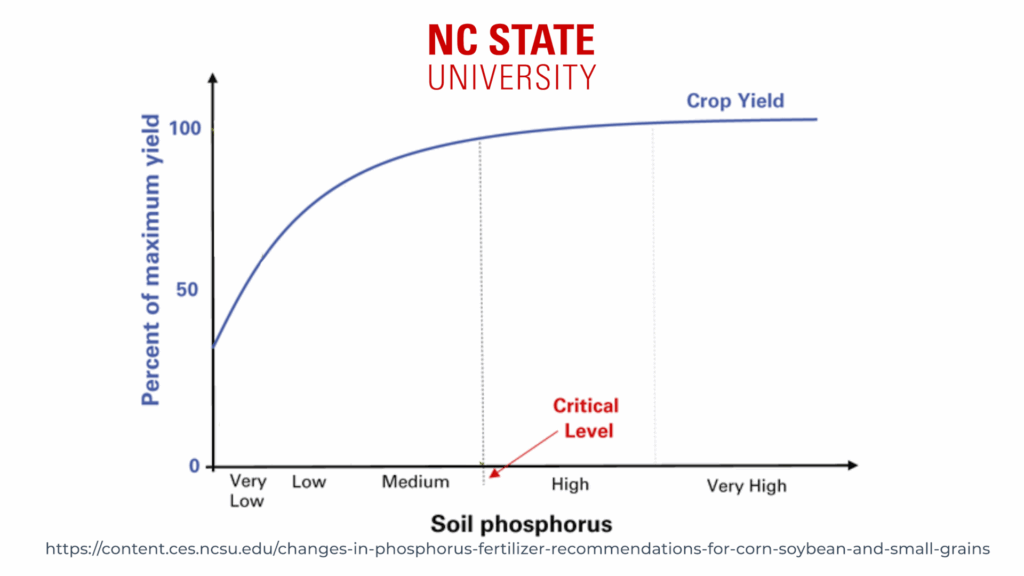Here's Why You Shouldn't Cut Your Soil Sampling
Robotic Sampling Matters More When Margins Are Tight
Soil Sampling Was Invented to Improve Fertilizer Efficiency
Since the core goal behind sampling has always been to get more value out of our fertility inputs, the rising costs of fertilizer actually make sampling more important.
Up-to-date, accurate soil samples help us to both identify opportunities to improve yield and reduce short term costs.
“I think the soil test actually becomes more important in a tight market, and to cut back on fertilizer, we really should be leveraging soil tests so that we cut back in the right places.”
– Matt Clark, Program Director, Keystone’s Elite AgX
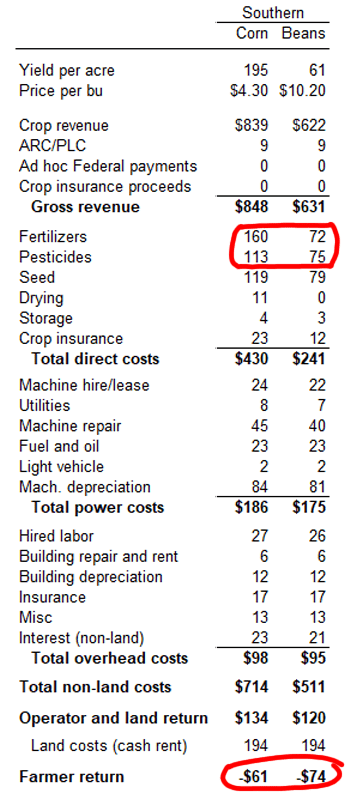
Analogy: If Agronomists are Advisors, Soil Samples are like financial charts
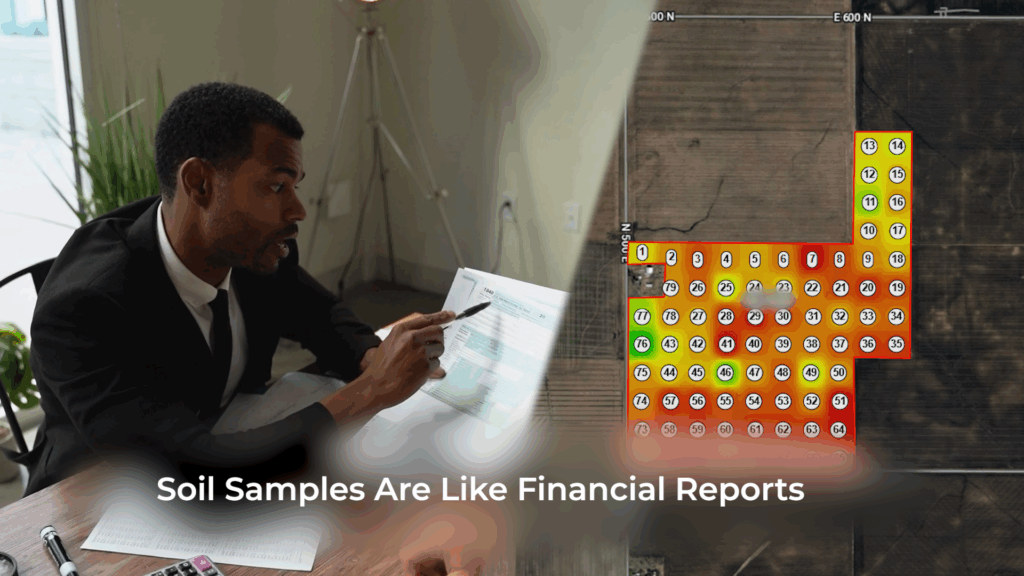
For an investment advisor, having reliable data is always important if they want to perform at peak levels and lead the industry. But when the markets are tanking, that data becomes a matter of life and death to everyone. One bad trade from one flawed report, and a lot of money can disappear.
In the same way, now more than ever, one bad decision from one flawed sample, can cost a farmer a lot of money.
Agronomic Basis: Keep Everything Above the Critical Level
The basis of university recommendations systems is the idea that every subsection of the field should be brought up at least to the critical level.
To maintain this, if we’re cutting back on our fertilizer application, we should do so in specific areas that are well above that critical level and won’t miss it as much, instead of cutting a blanket percentage (say, 10% across the board).
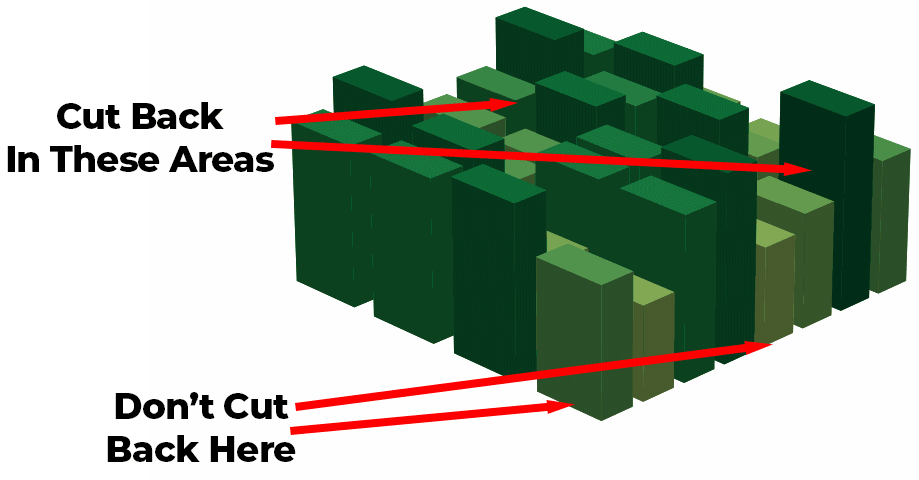
Digging in a bit deeper, we want to cut back where there’s more “excess available nutrients.” As those green bars start to get lower, though, we run a higher risk of one of them dropping into the red zone.
There’s less “fertilizer margin” out there.
We rely mostly on our soil samples to make sure that margin exists in the places where it’s needed most.
Less Margin Means We Need Our Soil Data To Be More Accurate
If we are cutting back, though, we’ll need to put extra effort into getting accurate soil data so that we can avoid costly data errors.
In a Normal Year
Say in a normal year we’re aiming to bring a grid section up to a pH of 6.4, but we have an error in our sample results. Because of that error we apply less lime and only bring the pH up to 6.1. That’s a missed opportunity.

When Cutting Back
Say this year, we’ve made the hard choice to cut back on lime and so we’ve only set our pH target to 6.1. That same sampling error and reduction in lime rates would mean that we only apply enough to bring it up to 5.8.
The agronomic impact from 5.8 to 6.1 is much stronger than it is from 6.1 to 6.4. So the agronomic impact of sampling errors and the agronomic value of sampling accuracy both increase when we’re trying to cut back.
The same basic theory applies to P & K – less margin means we’ve got to be more accurate.
Example: How this Value Gets Created
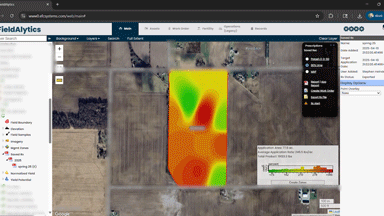
How do we actually capitalize on this better data? The good news is that the moment that good data gets into our system, the our software-generated recs automatically become more accurate.
But this is also helpful if we’re doing a deep dive and working with a grower on a field-by-field basis.
There’s one grower in particular I’m thinking of – we don’t often work directly with growers at ROGO, but this guy’s the exception and he’s been with us since the beginning.
As we’ve gone back and forth with him on products, rate recommendation tweaks, and budget constraints, our soil sample data is always the bedrock source of truth. I don’t think we could even have those conversations if we didn’t both have a high level of trust in the soil data in my system.
Capture this Value By Using Recent & Accurate Samples
Take Samples Every 4 Years (or more frequent)
The point of our fertility program is to change that soil chemistry. If that’s occurring to an extent, then less recent samples (samples past that 3 or 4-year mark) are getting much less reliable and using them will cause errors.
Take Samples Accurately - And Consider Using Robotics
Taking accurate samples – which our robot helps you do – also reduces that error. Accurate depths, complete cores, and exact sample locations are all important aspects of this – please use the links for more information.
Now's the Time to Double Down on Soil Sampling
In economic environments like this, the money needs to come from somewhere. But cutting back on soil sampling is often saving a dime to waste a dollar.
Our samples have a greater cost cutting impact when used to create tangible efficiency gains in other areas. And that’s why soil sampling matters MORE in a tough economy.

